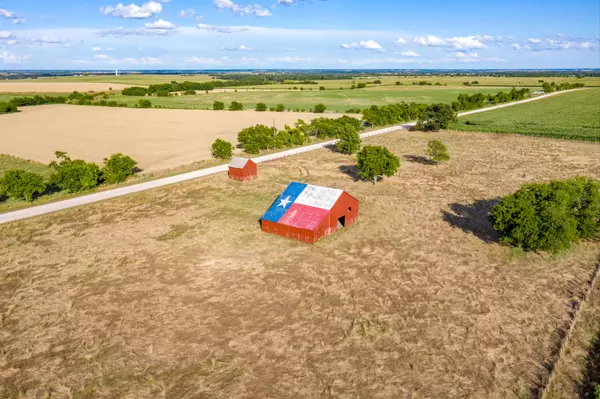DMTX Realty Group
DMTX Realty Group is a residential, luxury, waterfront and land real estate team that provides service throughout Austin and Central Texas at all price points. We are licensed under Keller Williams Realty® and rank among the top 1% of REALTORS® in Texas with over $2 Billion in sales. Our team is unique and beneficial for Buyers and Sellers in that we have agents that are experienced in all areas of real estate.

Top 1% Real Estate Team in Texas
$2,000,000,000+
Total Sales
$202,373,532
Sales in 2024
OUR AGENTS
REVIEWS
Our Featured Markets










Wanting To Escape The City?
If you're dreaming of wide open spaces, live water, or your own private hunting retreat, TexasLand is your gateway to the rural lifestyle. As the land and ranch division of DMTX Realty Group, TexasLand previews nearly 300 properties a year and has closed over $2 Billion in sales, making us one of the premier land brokerages in Texas.
From luxury estates to development tracts and off-market opportunities, our team has unmatched boots-on-the-ground knowledge of Texas’ most sought-after acreage. We know this land because we live it.
Real Trends Verified 2025 Real Estate Report
DMTX Realty Group is proud to be recognized by RealTrends Verified 2025 as one of the top-performing real estate teams in Austin and across Texas. This acknowledgment reflects our unwavering commitment to excellence, deep-rooted market knowledge, and the lasting relationships we build with our clients. As leaders in luxury, land, and residential real estate, we remain dedicated to delivering exceptional service and results at every step.
#1
Large Team in Austin
#2
Large Team in Texas







